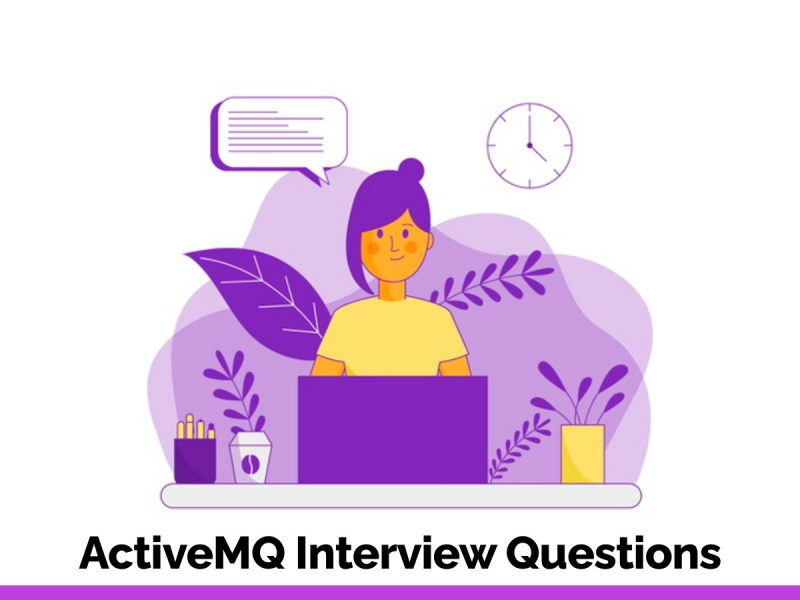In this age of business expansion and advancement in technology, many big organizations are always looking for methods to increase their business. One main factor governing the expansion of any business is communication. If managers and other office staff are not able to communicate among different clients, then there will be no plausible way for their business to increase its revenue. ActiveMQ is a boon in terms of open-source communication software that only allows rapid and effective communication between the client and the broker, but also provides multitudes of efficient features that will always attract more clients.
Read Best ActiveMQ Interview Questions and Answers
In order to take their companies to higher notches, companies are adopting ActiveMQ as their source for communication. If you are looking for a job as a programmer or coder then ActiveMQ is one language that will come in handy. Recruiters ask a combination of tricky and easy ActiveMQ interview questions that can sometimes leave your mind–boggling. Read below some of the most frequent and important ActiveMQ interview questions to not only get an idea about the programming language and get your dream job!
Finally, We have listed below the best AcitveMQ Interview Questions and Answers, that are asked many times very helpful for the best preparation of ActiveMQ Interview. apart from this, you can also download below the ActiveMQ Interview Questions PDF completely free, to check the final preparation of your interview.

